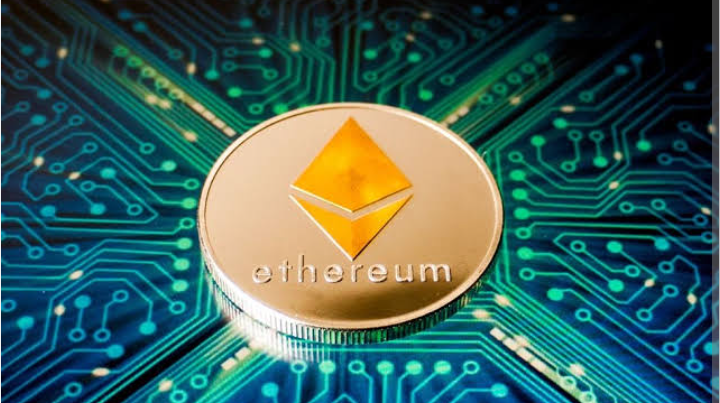Ethereum Falls Behind Cosmos, Polkadot & Solana in Staking Rewards
Introduction: Ethereum’s Staking Reward Drop in 2024
In Q3 2024, Ethereum’s staking rewards have dropped significantly, drawing attention within the Ethereum community. Rewards have fallen to around 3%, while competing networks like Cosmos, Polkadot, Celestia, and Solana offer between 7-21%. This shift raises concerns about Ethereum’s ability to retain validators and stay competitive.
Ethereum’s Declining Staking Rewards
At the beginning of 2024, Ethereum’s staking rewards were above 3.5%, but by Q3, they had dropped to about 3%. While lower rewards may help control inflation, they also make it challenging to attract new validators. With networks like Cosmos, Polkadot, and Solana offering higher returns, Ethereum risks losing participants.
Decreased Validator Interest Due to Lower Rewards
As staking rewards declined, so did interest from validators. Wait times to become a validator, which once took up to 45 days in mid-2023, are now under a day, reflecting a significant drop in demand. Ethereum has seen its validator count drop from over 95,000 in April 2023 to under 500 recently, indicating waning interest.
Ethereum vs. Competitors: Solana, Polkadot, and Cosmos
Compared to networks like Solana, Ethereum’s recent staking rewards and price performance appear lackluster. Solana, for instance, experienced over 6% growth last week, while Ethereum remained flat. Solana also earned more in network fees than Ethereum, with $25.48 million compared to Ethereum’s $22.13 million, adding to its appeal for users and investors alike.
How Staking Affects Network Security
Staking plays a crucial role in securing proof-of-stake networks. A decrease in Ethereum’s validators could lead to increased centralization and lower network reliability. While reduced rewards may help limit new ETH issuance and stabilize prices, Ethereum needs to find a balance supporting inflation control and robust network security.
Ethereum’s Exchange Reserves and Price Stability
Ethereum’s exchange reserves dropped recently from about $42 billion to $38.9 billion. This supply reduction could impact price stability. A lower exchange supply may support price increases if demand rises, yet it also suggests that holders may be cautious about selling due to low staking rewards, possibly signaling confidence among long-term holders.
Diverging Investor Views: Long-Term vs. Short-Term
The drop in Ethereum’s rewards has created a split between long-term holders and short-term traders. While long-term investors view the reward drop as a positive move toward price stability, short-term investors may lean toward networks offering higher returns, like Solana and Cosmos.
Ethereum’s shift to proof-of-stake (PoS) has seen staking rewards drop to around 3%, much lower than other PoS networks. Short wait times and a low number of validators waiting to join further highlight the reduced appeal of Ethereum staking.
Fewer Validators: Demand for Higher Staking Rewards
Validator wait times have decreased from 45 days in June 2023 to less than one day, showing that fewer people are interested in staking Ethereum. Many validators seek better returns on networks like Solana, Cosmos, and Polkadot, which offer up to 21% rewards.
The appeal of Ethereum staking is waning as other networks provide better incentives. To attract new validators, Ethereum must remain competitive by potentially adjusting its reward system while balancing token supply and incentives.
Cheap Remote Crypto Mining for you – Click Here
Conclusion: The Road Ahead for Ethereum
The decrease in staking rewards and validator interest underscores Ethereum’s challenges in today’s competitive landscape. To remain a top blockchain, Ethereum must carefully manage its inflation, build a strong community of active validators, and stay competitive with other networks. While long-term holders have faith in Ethereum, addressing the needs of short-term investors and validators is crucial. Ethereum’s future success will hinge on how well it adapts to these evolving market dynamics.


